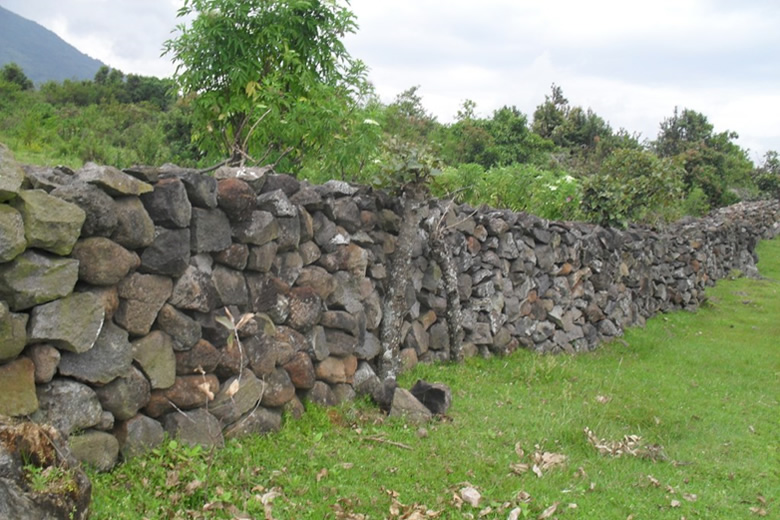The Ministry of Water and Environment, in collaboration with the Uganda Wildlife Authority (UWA) and the National Forestry Authority (NFA), has unveiled a newly constructed Buffalo Wall at Mgahinga National Park.
This development is part of the Investing in Forests and Protected Areas for Climate-Smart Development (IFPA-CD) Project, aimed at tackling wildlife encroachment and reducing human-wildlife conflicts in the region.
The Buffalo Wall, funded by the World Bank, serves as a critical intervention designed to enhance the safety of communities living near the park while supporting efforts to conserve biodiversity. Human-wildlife conflicts have been a recurring challenge in areas adjacent to Mgahinga National Park, and this wall represents a collaborative approach to addressing these issues effectively.
The Forestry Sector Support Department (FSSD) within the Ministry of Water and Environment spearheads this project in partnership with the Ministry of Tourism, Wildlife, and Antiquities.
During the unveiling ceremony, the IFPA-CD Project Steering Committee highlighted the importance of the Buffalo Wall in fostering climate-smart development. This initiative is considered a major milestone in achieving sustainable coexistence between humans and wildlife while addressing pressing environmental concerns.
The IFPA-CD Project, funded by the World Bank, focuses on several key areas, including:
Sustainable Forest and Protected Area Management: Promoting effective management practices to safeguard Uganda’s natural resources.
Revenue Generation: Enhancing income from forestry and wildlife conservation efforts.
Environmental Impact Mitigation: Addressing the strain caused by refugee settlements in host communities.
The project covers seven national parks, four wildlife reserves, 28 central forest reserves, 16 refugee-hosting districts, and 14 additional districts across the Albertine Rift and West Nile regions.
Beyond conservation, the Buffalo Wall and the broader IFPA-CD Project are geared towards strengthening Uganda’s resilience to climate change. By supporting climate-smart initiatives, the project aims to alleviate environmental challenges while unlocking economic opportunities tied to forestry and wildlife tourism. This dual focus ensures both environmental and economic sustainability for the communities involved.
Local communities and authorities are optimistic about the Buffalo Wall’s potential to minimize human-wildlife conflicts. This longstanding issue has often threatened community safety and undermined conservation efforts. With the wall now operational, it symbolizes a joint effort to protect Uganda’s unique biodiversity while ensuring the safety and well-being of neighboring communities.
The Buffalo Wall at Mgahinga National Park is more than just a barrier; it is a symbol of collaboration between various stakeholders to address critical environmental challenges. This initiative underscores the commitment of Uganda’s government and its partners to foster harmony between humans and wildlife, paving the way for a sustainable future.


